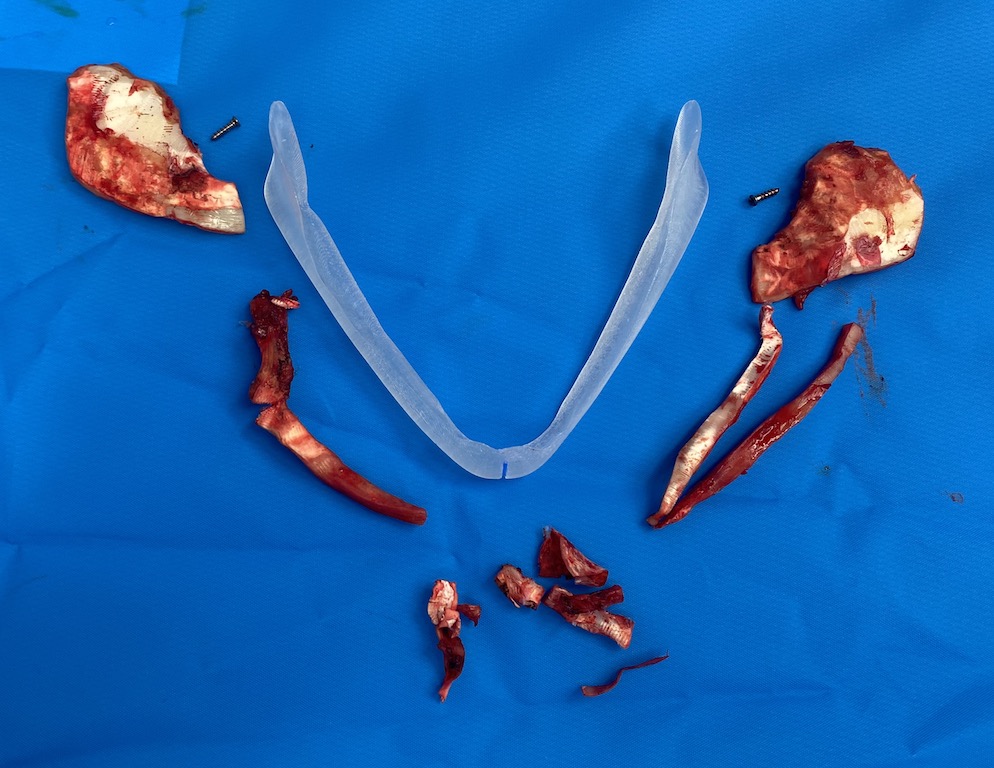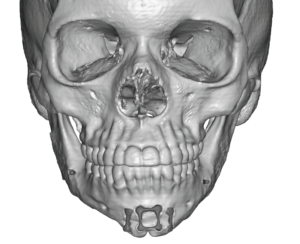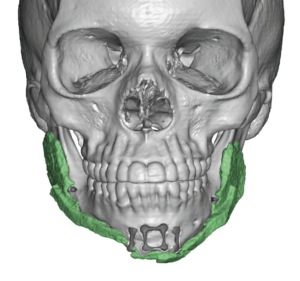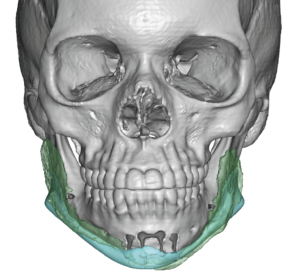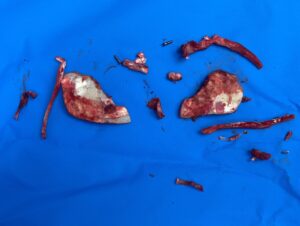Background: Creating a slimmer lower face can be done by a variety of bony and soft tissue reduction procedures. When the size of the lower jawbone is the major part of the lower facial fullness, v line surgery is the most known and successful surgery for reducing it. While there are different types of v line surgery the most aggressive and reductive form is a combined vertical removal of the jaw angles/line combined with a t-shaped genioplasty.
Like all facial structural altering surgeries there will be some patients who develop surgical regret. V line surgery is no different. These patients can never adapt to their new face change despite the significant slimming effect that has been obtained. Whether they desire partial or complete reversal of the surgery the question then becomes how best to do it.
When it comes to v line reversal surgery there is one good way to do it and many not so good ways to do it. The following patient’s story makes that clear.
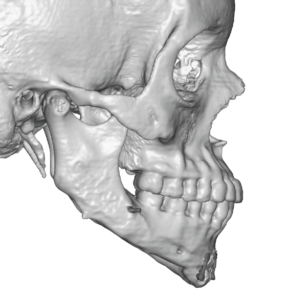
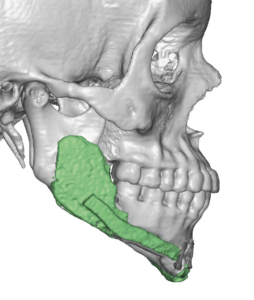

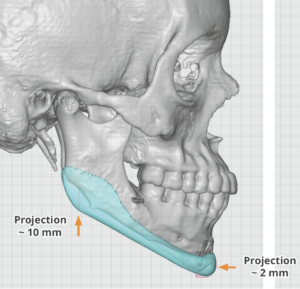
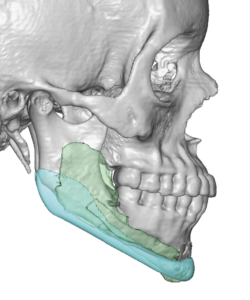
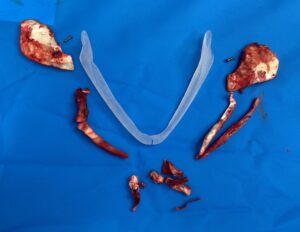
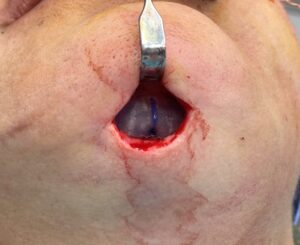
The need for vertical jawline restoration from v line surgery is not how most surgeons are familiar with how to augment the jawline. (which is usually width) Adding vertical length to the jawline poses challenges for both implant design and placement for which only a custom implant design can comprehensively to do so.
Case Highlights:
1) Partial or total reversal of prior v line surgery requires vertical elongation of most of the jawline which can only be done by an implant.
2) Trying to create a multipiece jawline restoration using a handcrafted implant approach isa conceptually flawed approach that not only will not work but makes any further revisional surgery more difficult.
3) A custom single piece jawline implant using a 3D CT scan is the most accurate method of reversing the removed bone from prior v line surgery.
Dr. Barry Eppley
Indianapolis, Indiana

